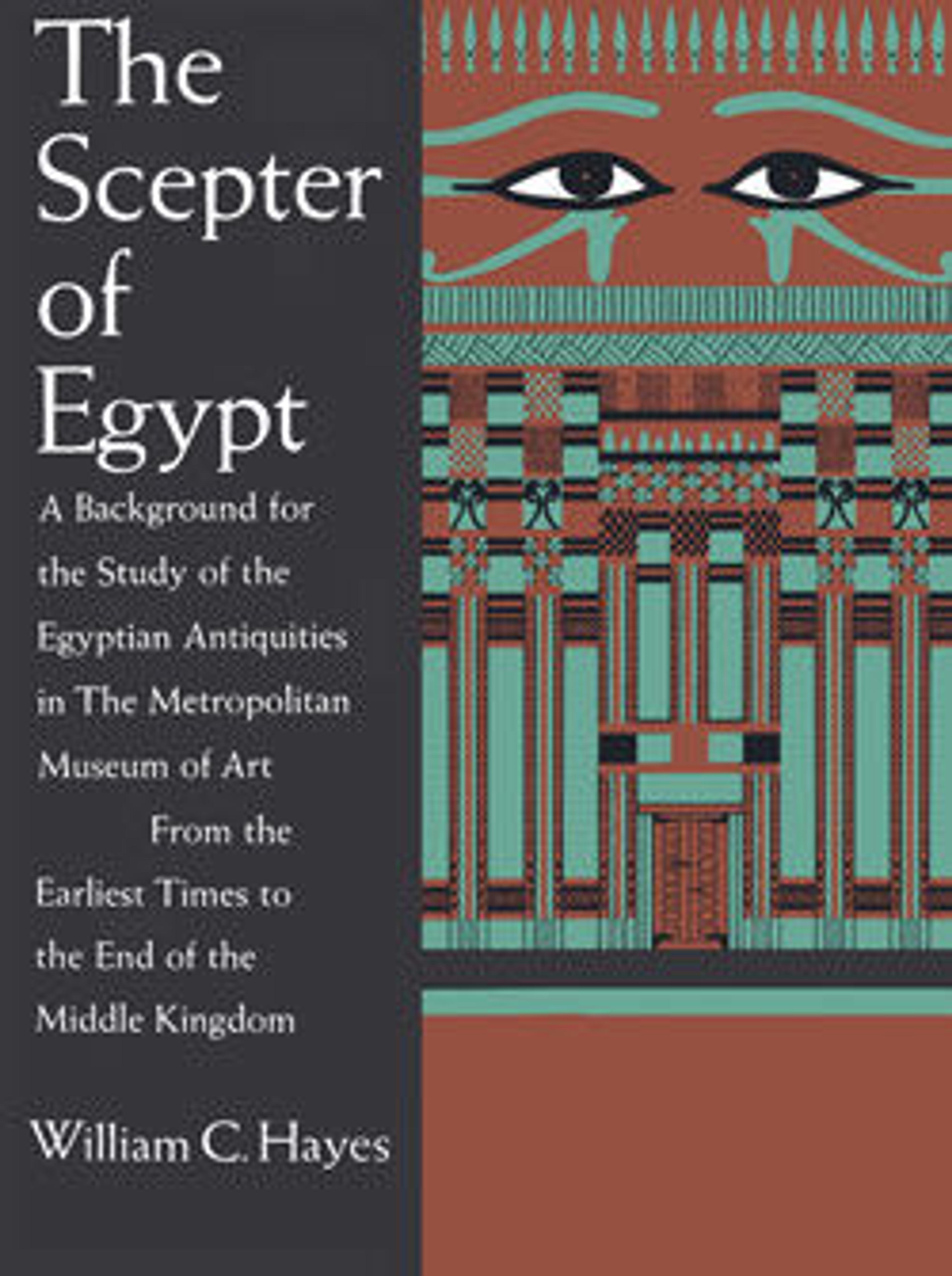Model of a House
At Rifa in middle Egypt, the British excavator William Flinders Petrie found clay models of houses such as this placed near burials in such a way that he concluded they had been placed above the burials. He called them "soul houses." At other sites such as Thebes, oval clay trays have been found that include sometimes rough reproductions of huts and always little offerings modelled in clay. These trays were placed in and at the entrances to tombs. Most of the models have a kind of spout at the front through which libation water could flow into the ground.
This model from Rifa of the "soul house" type represents a house with a three-columned portico behind a walled courtyard; in front of the courtyard a libation spout is partly preserved. A stairway on the right gives access to the roof of the house, where an arched opening represents a feature in actual houses through which cool air was conducted into the main bedroom. On the left wall of the house a barred window is indicated. A mid-thirteenth dynasty date for this particular house model is indicated by the pottery found in the burial with which it was associated.
This model from Rifa of the "soul house" type represents a house with a three-columned portico behind a walled courtyard; in front of the courtyard a libation spout is partly preserved. A stairway on the right gives access to the roof of the house, where an arched opening represents a feature in actual houses through which cool air was conducted into the main bedroom. On the left wall of the house a barred window is indicated. A mid-thirteenth dynasty date for this particular house model is indicated by the pottery found in the burial with which it was associated.
Artwork Details
- Title: Model of a House
- Period: Middle Kingdom
- Dynasty: Dynasty 13, mid
- Date: ca. 1750–1700 B.C.
- Geography: From Egypt, Middle Egypt, Deir Rifa, Tomb 72, BSAE, excavations 1906-1907
- Medium: Pottery
- Dimensions: l. 40 cm (15 3/4 in); w. 54 cm (21 1/4 in); th. 34 cm (13 3/8 in)
- Credit Line: Gift of The Egyptian Research Account and British School of Archaeology in Egypt, 1907
- Object Number: 07.231.10
- Curatorial Department: Egyptian Art
More Artwork
Research Resources
The Met provides unparalleled resources for research and welcomes an international community of students and scholars. The Met's Open Access API is where creators and researchers can connect to the The Met collection. Open Access data and public domain images are available for unrestricted commercial and noncommercial use without permission or fee.
To request images under copyright and other restrictions, please use this Image Request form.
Feedback
We continue to research and examine historical and cultural context for objects in The Met collection. If you have comments or questions about this object record, please contact us using the form below. The Museum looks forward to receiving your comments.
